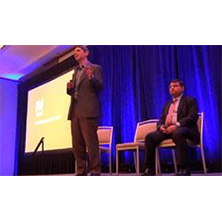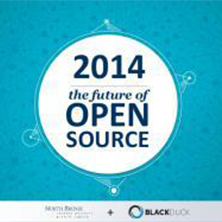The nature of app engineering for enterprise businesses is changing fast, and it’s bringing with it new budget black holes; consuming valuable time, energy, and money. So what are these black holes? They’re more common than you think; in fact, the most common types of costs associated with developing apps are: on-going operating costs and the need for future investments (like upgrades).
So what exactly are these challenges? Can they be avoided? How can you make sure you’re not breaking the bank with every new and upgraded app? In order for your business to succeed and stay on-time and within-budget, you’ll want to know the answers to these questions, and how exactly to deal with them. Warning: We’re not putting this lightly.
Need for future investments:
Adding fresh capabilities or extending existing ones adds competitive advantage, but often goes overlooked in development budgeting. Adding new features along with increasing maintenance, integration, and consistent delivery are often perceived as excessive costs, and can sometimes surpass expectations; shocking enterprises and scaring them away from investing in these critical features. The truth is, costs escalate when apps are complex and architecture lacks the tools and process maturity needed for a low-maintenance app.
Operational Costs:
An unstructured development environment, manual deployment process, and lack of development visibility can all be the cause of a budget bursting. Why? Because these all lead to larger development cycles, and the pain of reinventing the wheel again and again. When developers have to repeatedly build the same code, it results in increased developer effort, as well as a delayed debugging and deployment process. Most importantly, this is a vicious cycle; too often enterprises struggle from these issues when a well-defined strategy is not placed in an Integrated Development Environment (IDE).
How to Avoid Breaking Budget:
The key to escaping this budget-guzzling spiral is proper utilization of the Integrated Development Environment (IDE) and maintaining rigorous standards. Do these and you can shorten development cycles while maintaining quality, improving DevOps collaboration to support faster release cycles, and minimizing errors through codere-use, best tools, and practices. As a bonus, when you have the leverage of best-in-class framework and development flexibility, it have a huge impact in reducing rollout time and cost while maintaining high quality. In fact, it gives you the opportunity to make smart reductions in costs.
As the elasticity for better data-handling, authentication, and robust performance become more and more important to the success of an application, it also becomes critical to specify standards and policies that ensure easy implementation of future requirements at an acceptable cost. Are you doing everything you can to stay under budget? Maybe it’s time to double-check.

Balaji has spent over 18 years in the IT Services Industry. With an experience encompassing Services and Product Marketing, he has successfully managed globally distributed Marketing and Product teams. He’s an analytical marketer with strong understanding and experience across marketing strategy, demand generation, field marketing, technology partner marketing, account based marketing, digital marketing, event management, analysis and third party relationship, PR/Media, people management, etc.








